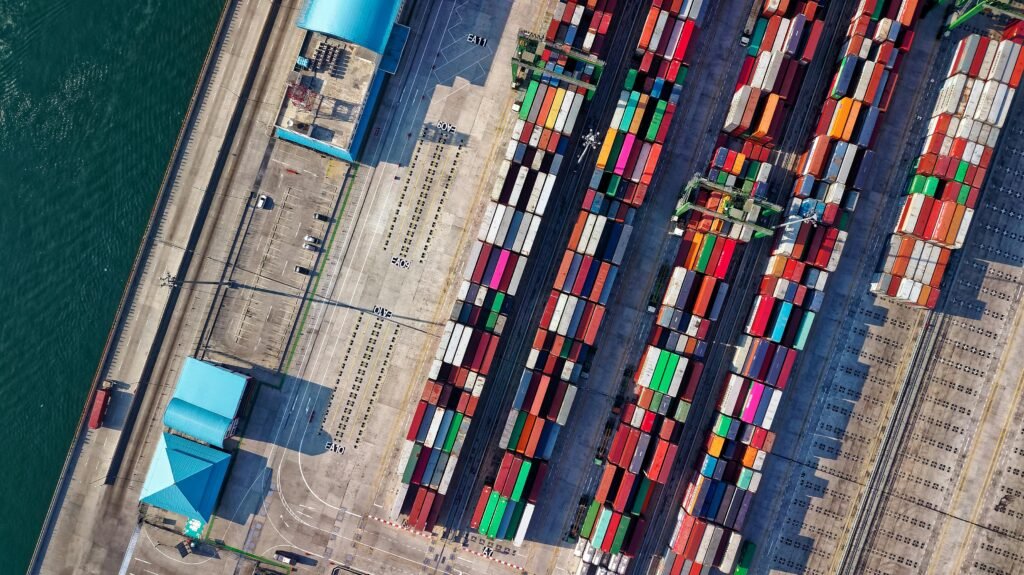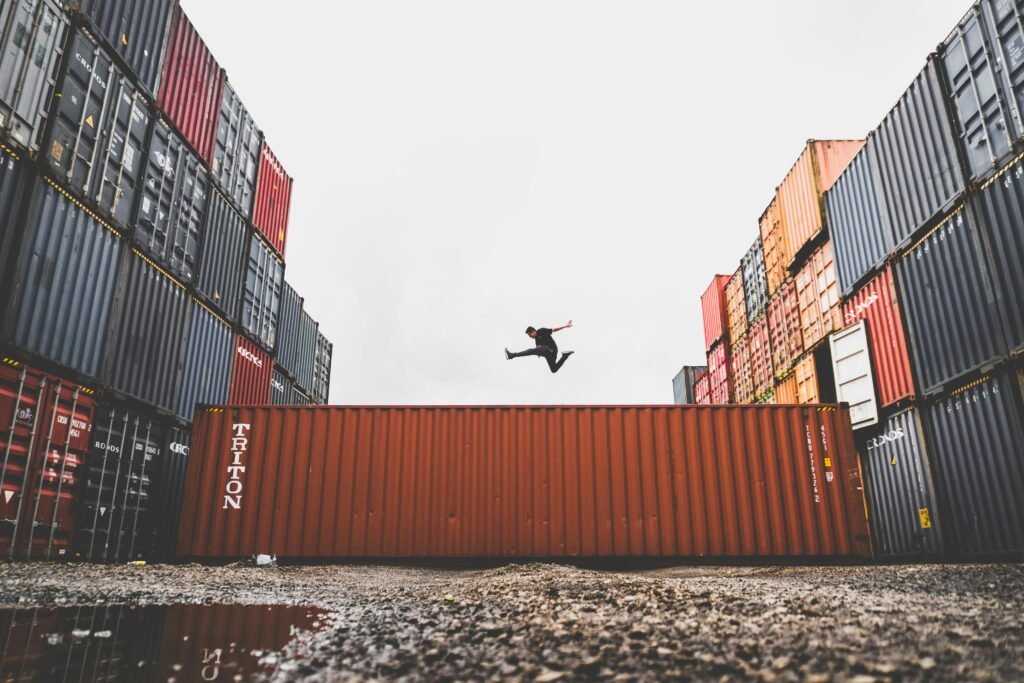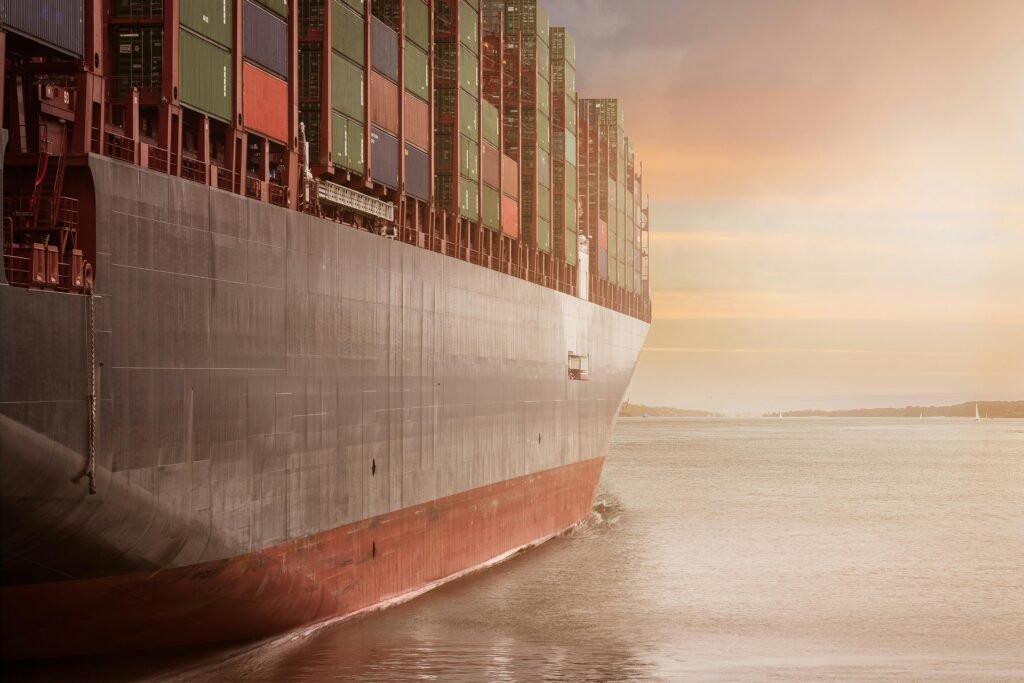Welcome to an informative article on selecting the appropriate containers for effective food preservation. In today’s busy world, it’s important to ensure that your food stays fresh for as long as possible. By matching containers to specific food storage needs, you can extend the shelf life of your ingredients and meals, ultimately saving time and reducing food waste. Let’s dive into the various types of containers available and how to choose the right one for your needs.
Selecting the Appropriate Containers for Effective Food Preservation
Have you ever found yourself struggling to keep your food fresh and prevent it from spoiling too quickly? With so many options available on the market, selecting the right containers for food preservation can be a daunting task. This article will guide you through the process of choosing the best containers for your specific food storage needs, helping you keep your food fresh for longer and reduce waste.

This image is property of images.pexels.com.
Understanding the Importance of Proper Food Storage
Before we dive into the world of containers, let’s take a moment to understand why proper food storage is essential. The way you store your food can have a significant impact on its shelf life, flavor, and nutritional value. By selecting the right containers for your food items, you can help preserve their freshness, reduce food waste, and save money in the long run.
Factors to Consider When Selecting Food Storage Containers
When it comes to choosing the best containers for food preservation, there are several factors to consider. From the type of food you are storing to the storage conditions, each factor plays a crucial role in determining the most suitable containers for your needs. Let’s break down these factors to help you make an informed decision.
Type of Food
Different types of food require different types of containers for optimal storage. For example, liquids such as soups or sauces are best stored in airtight containers to prevent leakage and maintain freshness. Solid foods like fruits and vegetables may benefit from breathable containers that allow airflow to prevent moisture build-up.
Storage Conditions
Consider where you will be storing your food items when selecting containers. Are you storing them in the refrigerator, freezer, pantry, or on the go? Each storage condition requires a different type of container to maintain the freshness and quality of the food. For example, glass containers are ideal for refrigerator storage, while plastic containers are more suitable for the freezer.
Durability and Reusability
Invest in containers that are durable and reusable to minimize waste and save money in the long run. Look for containers that are made from high-quality materials and are dishwasher safe for easy cleaning and maintenance. Opting for reusable containers also helps reduce your environmental impact and promotes sustainability.
Size and Shape
Consider the size and shape of the containers based on the quantity and type of food you plan to store. In general, it’s best to choose containers that are stackable and nestable to maximize storage space in your kitchen. Selecting a variety of sizes can also help accommodate different food items and portion sizes.
Transparency
Opt for transparent containers that allow you to easily see the contents inside without having to open them. This can help you identify leftover food, monitor food freshness, and reduce the risk of forgetting about stored items and letting them go to waste.

This image is property of images.pexels.com.
Types of Food Storage Containers
Now that we’ve covered the essential factors to consider when selecting food storage containers, let’s explore the different types of containers available on the market. Each type of container has its unique features and benefits, so it’s essential to understand their characteristics to choose the best ones for your needs.
Plastic Containers
Plastic containers are one of the most common types of food storage containers due to their affordability and versatility. They come in various shapes and sizes, making them suitable for storing a wide range of food items. Look for BPA-free plastic containers that are microwave-safe and dishwasher-safe for convenience and safety.
Glass Containers
Glass containers are an excellent option for those looking for a more eco-friendly and durable food storage solution. They are non-toxic, odor-resistant, and free from harmful chemicals that may leach into your food. Glass containers are also safe to use in the microwave, oven, and dishwasher, making them a versatile choice for storing both hot and cold foods.
Silicone Containers
Silicone containers are a relatively new addition to the food storage container market, offering a flexible and lightweight alternative to traditional plastic and glass containers. They are non-toxic, BPA-free, and heat-resistant, making them suitable for storing both hot and cold foods. Silicone containers are also collapsible, making them convenient for on-the-go use and saving storage space when not in use.
Stainless Steel Containers
Stainless steel containers are ideal for storing food items that need to be kept at a consistent temperature, such as hot soups or chilled salads. They are durable, lightweight, and non-reactive, making them a safe choice for food storage. Stainless steel containers are also easy to clean and resistant to odors, stains, and corrosion, ensuring long-lasting performance.
Choosing the Right Containers for Specific Food Items
Now that you’re familiar with the different types of food storage containers available, let’s dive into how to match specific containers with different types of food items for effective preservation. By selecting the right containers for each food item, you can extend the shelf life, maintain freshness, and prevent spoilage.
Fruits and Vegetables
When it comes to storing fruits and vegetables, opt for breathable containers that allow for airflow to prevent moisture build-up. Avoid storing fruits and vegetables in airtight containers, as this can promote spoilage due to trapped moisture. Glass or ceramic containers with vented lids are ideal for storing produce in the refrigerator, while reusable silicone bags are perfect for on-the-go snacks.
Leftovers
Leftover food items should be stored in airtight containers to maintain freshness and prevent odors from spreading in your refrigerator. Glass containers with snap-on lids or silicone lids are ideal for storing leftovers, as they provide an airtight seal that keeps food fresh for longer. Label your containers with the date to track freshness and prevent food waste.
Soups and Sauces
Liquid foods like soups and sauces should be stored in leak-proof containers to prevent spills and maintain freshness. Opt for glass or stainless steel containers with secure lids that can be sealed tightly. Consider portioning out soups and sauces into individual servings to make reheating easier and prevent waste.
Dry Pantry Items
Dry pantry items like grains, pasta, and snacks can be stored in airtight containers to preserve their freshness and prevent pests. Choose transparent containers with labels to easily identify the contents inside and keep track of expiration dates. Glass or BPA-free plastic containers with silicone seals are ideal for storing dry pantry items in your kitchen.
Freezer Foods
Foods that are stored in the freezer require containers that are freezer-safe and can withstand cold temperatures. Opt for containers made of glass or BPA-free plastic that are designed for freezer storage. Consider using silicone bags or vacuum-sealed containers for long-term freezer storage to prevent freezer burn and maintain the quality of frozen foods.

This image is property of images.pexels.com.
Tips for Effective Food Preservation
In addition to selecting the right containers for food storage, there are several tips and tricks you can use to maximize the shelf life of your food items and reduce waste. By following these best practices, you can ensure that your food stays fresh, flavorful, and safe to eat for longer periods.
Properly Seal Containers
Make sure to properly seal containers to prevent air exposure and maintain freshness. Check that lids are securely closed and airtight to prevent odors from spreading and keep food items from spoiling too quickly.
Monitor Food Freshness
Regularly check the contents of your containers to monitor food freshness and prevent food waste. Keep track of expiration dates, use-by dates, and storage times to ensure that your food items are safe to eat and still in good condition.
Rotate Stored Items
Rotate stored items in your containers to ensure that older foods are used first before newer ones. This practice helps prevent food spoilage and waste by ensuring that all items are consumed before they reach their expiration dates.
Store Containers Properly
Store containers in the appropriate storage conditions based on the food items inside. Keep containers in the refrigerator, freezer, pantry, or on the go to maintain the quality of stored food and prevent spoilage.
Clean Containers Regularly
Clean containers regularly to prevent odors, stains, and mold from developing. Use warm, soapy water to clean containers after each use, and allow them to dry thoroughly before storing food items inside.
Label Containers
Label containers with the name of the food item and the date it was stored to track freshness and prevent confusion. Use sticky labels, markers, or masking tape to clearly identify the contents and expiration dates of stored items.
Conclusion
Selecting the appropriate containers for effective food preservation is essential for maintaining the freshness, quality, and safety of your food items. By considering factors such as the type of food, storage conditions, durability, size, and transparency, you can choose the best containers for your specific food storage needs. Whether you opt for plastic, glass, silicone, or stainless steel containers, make sure to match them with the right food items for optimal preservation. By following the tips and tricks outlined in this article, you can enhance the shelf life of your food, reduce waste, and enjoy fresh and flavorful meals every time.
